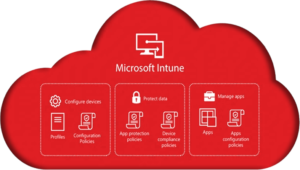You’ll find no shortage of content surrounding Microsoft Teams on blogs, forums and social media these days. But, did you ever do a search for how to run Microsoft Teams Network Testing Companion? If you have, you’ll notice the barren wasteland of info regarding the topic. There seems to be a real lack of resources for step-by-step instructions on how to run Microsoft Teams Network Testing Companion so we want to dive into that topic this week. Here’s hoping this makes your life that much easier. Let’s start.
To begin, run PowerShell as an Administrator.
In PowerShell, run the following commands in order:
- Set-ExecutionPolicy RemoteSigned
- Install-Module -Name NetworkTestingCompanion
- Invoke-ToolCreateShortcuts
Find the Network Testing Companion icon on your desktop or in the Windows Start Menu:
If you see an install button, click it, otherwise skip this step:
Click on the Settings tab and adjust the number of consecutive tests to run (1-50). The more you run, the more data you will receive:
Click on the Start Tests tab and then click the Start button:
If you see a Firewall popup, you will need to allow access:
You should then see indication that the tests are running:
When the tests are complete, click the View Results tab:
Click on the Report icons to view more detail:
That’s it! We hope this fills the Internet void concerning this topic. If you have additional questions, or if you got stuck anywhere along the way, Contact Us through email. We’ll get an expert on the line as soon as possible and they can get you the answers you need!






